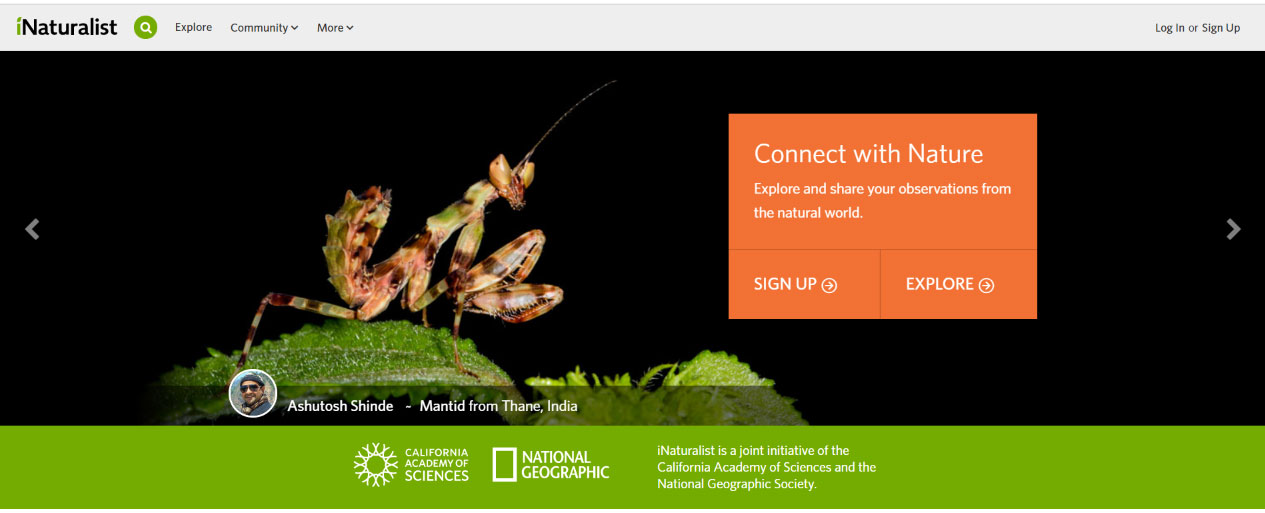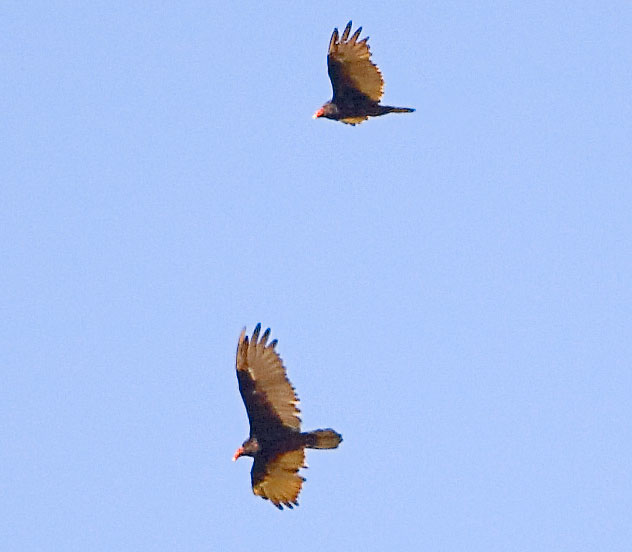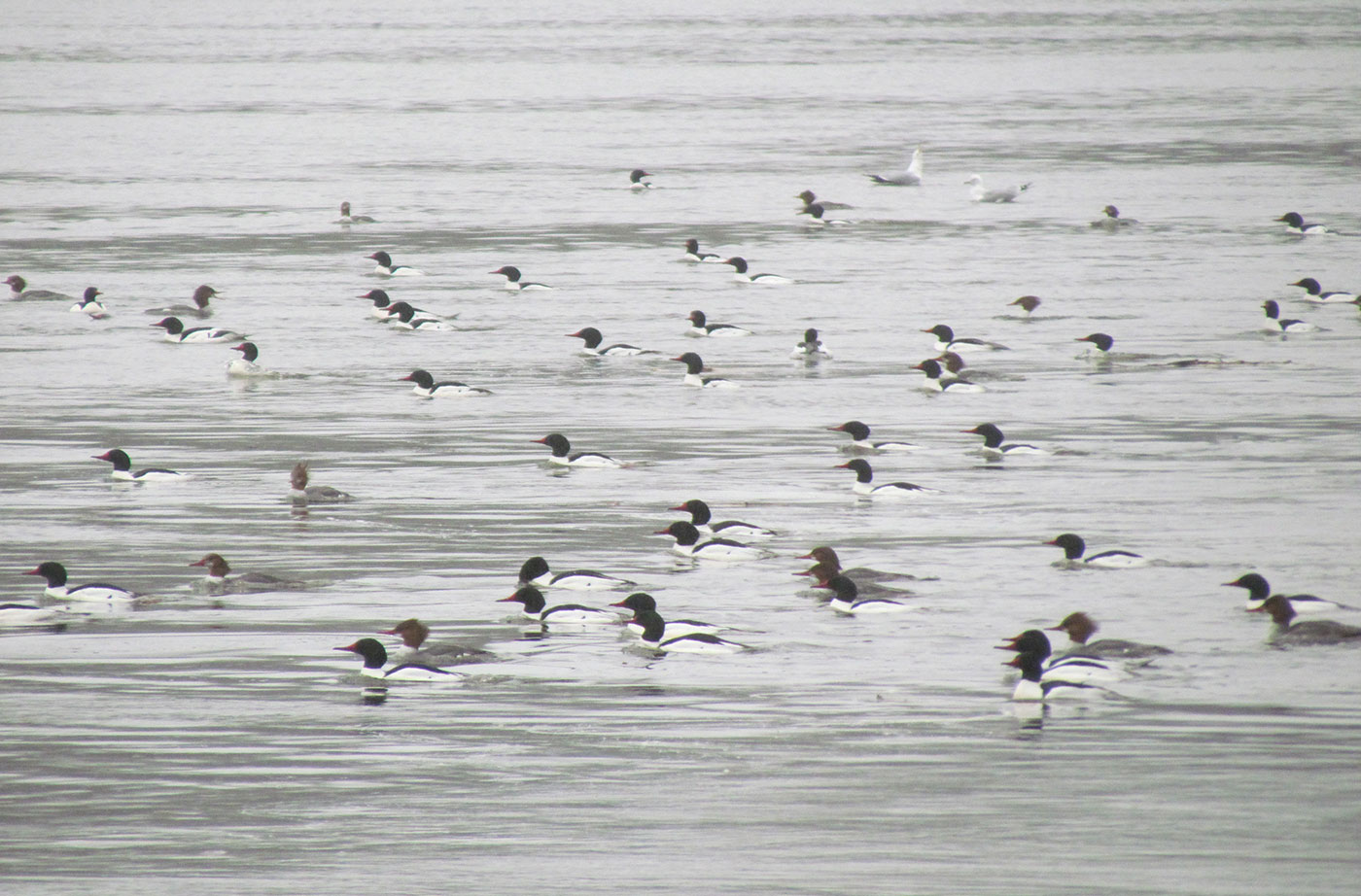With our son’s school closed and our offices at the Natural Resources Council of Maine and National Audubon doing the responsible thing of instituting work-at-home policies out of concern about the coronavirus, we have found ourselves thinking about the implications of staying here at our house. We’ve all heard the stories of people being quarantined in city apartments in China, in small staterooms on cruise ships, on military bases, and in hospitals. Hopefully, most of us will not have to endure that level of isolation. But if you do find yourself battening down at home for an extended period (hopefully by choice and not necessity), you will need things to keep you busy. For bird and nature enthusiasts like us, there are many options, and they all help make the world a better place, too.

Great Horned Owls are among the birds now nesting here in Maine—you can track them using a variety of online tools that can keep you out of reach of the coronavirus. Photo by Kirk Rogers
With spring well on the way, now is a great time to step outside (or even watch your feeders from inside, when the temps drop), tally up the birds you see or hear over a set time period (maybe 5 or 10 minutes), and submit your list to eBird. You might even try doing it multiple times over the day to see how the species and numbers change. It is fascinating to see how the species and numbers of birds change in this one place over even a short period of time. Plus, by entering your observations into eBird, you’ll be contributing data that scientists can use to study how bird migration progresses. Observing the birds in your own backyard in detail on a daily basis will provide a fresh new perspective on what birds find food, water, and rest in your neighborhood and how they change as spring progresses.

Online tools can help you pass the time—and collect data for researcher—while social distancing.
You can also begin your own biological inventory of the plants, insects, and other living things in your backyard. If it seems overwhelming to imagine trying to identify all those trees, bushes, bugs, and whatever else may live in and around your yard, fear not. There’s an app for that, and it’s called iNaturalist. Simply snap a photo (even with an iPhone) of whatever it is you want to identify and load it into iNaturalist. More often than not, you will get an answer as to what it is. Sometimes the app’s algorithm makes the best guess; other times one or more of the experts that are part of the iNaturalist community will provide you with the knowledge you seek. Either way, you’ll feel like an explorer learning about worlds that have been hidden in plain sight right in your backyard! Bonus: You can also upload old photos of interesting plants and creatures, if you have the date and location where they were taken.

Jeff and Allison recently uploaded their sighting of newly arrived Turkey Vultures to eBird, an online database that can help pass quiet days of isolation. Photo by Kirk Rogers
Here’s another idea: Sign up for and learn about upcoming community science projects that you can participate in. National Audubon’s Climate Watch, for example, is a citizen science project in which volunteers survey locations in their area twice a year to learn whether a particular bird species is changing in numbers and/or distribution as predicted by climate change models. The Maine Bird Atlas invites volunteers to map out the current distribution of Maine’s breeding and wintering birds. In fact, some birds are already starting to establish territories, and a few are already incubating eggs (Bald Eagles, Great Horned Owls) so it’s not too early to begin noting observations for the atlas. You can even submit records for the atlas through the Maine Breeding Bird Atlas portal of eBird.
How about trying your hand at recording the songs and calls of birds in your backyard and providing that data to researchers? You can do this easily using your iPhone and then uploading the recordings into natural sound recording archives through eBird (attaching the sound file to your checklist) or Xeno-Canto. We use an app called AudioCopy to record the sounds on our iPhones. The Cornell Lab of Ornithology has a free sound analysis program called Raven Lite that you can use to visualize a spectrogram of your recording to learn more about bird sound.

The authors recently made a risk-free cruise along the Kennebec and saw a huge flock of Common Mergansers. Photo by Jeff Wells
And, go birding! Over the weekend, we cruised the roads from our home in Gardiner down along the Kennebec River in search of the massive flock of Common Mergansers that typically appear in the river this time of year. We found 85 of these handsome birds, restlessly squawking and diving in the Kennebec in South Gardiner. We put this report, along with the gathering of more than 100 American Robins we saw in Pittston and a few newly arrived Turkey Vultures we saw in Dresden, into eBird, of course. We have done this so many times, yet there was something especially freeing about it this time. Maybe because it’s something we love to do that we can still do, without violating the necessary call for social distancing. With just the two of us in the car with our scope and binoculars (and no stops even for our usual latte), we were not at risk of exposure to the coronavirus.
Whatever you do to pass the time, we hope you all stay safe and healthy!











Leave a Reply